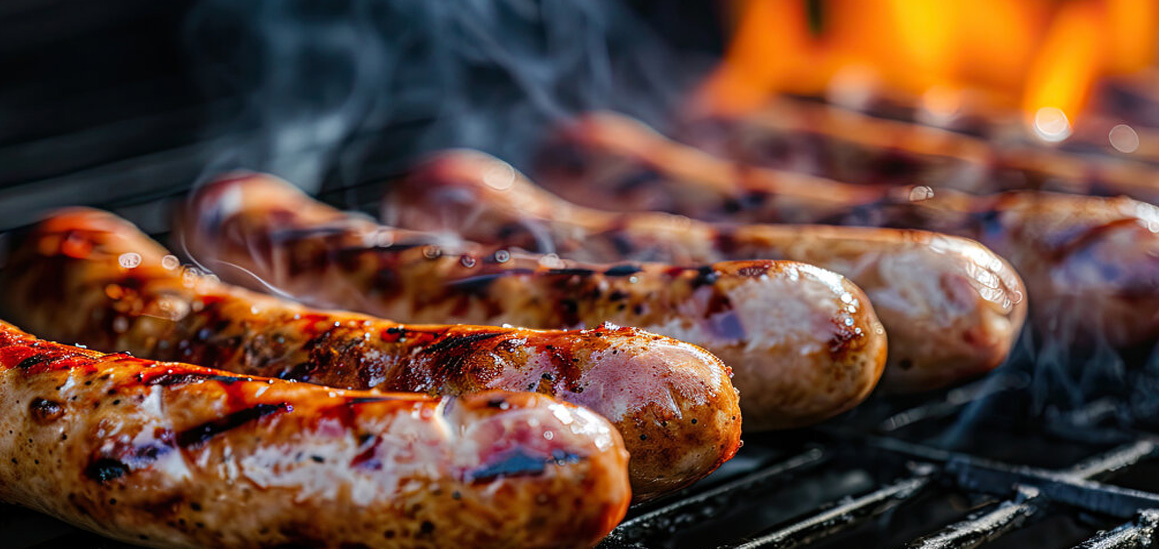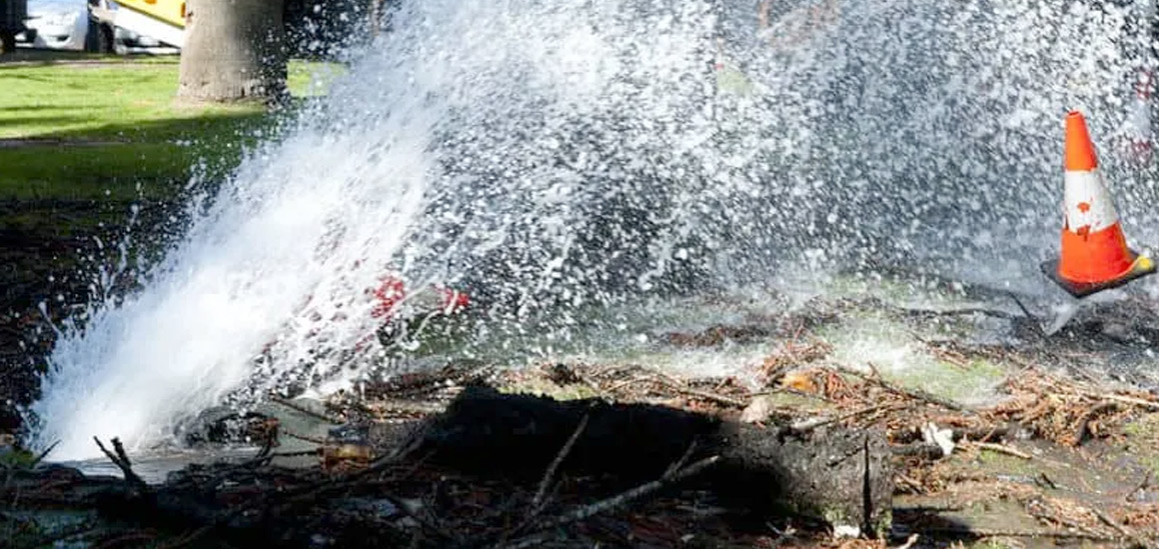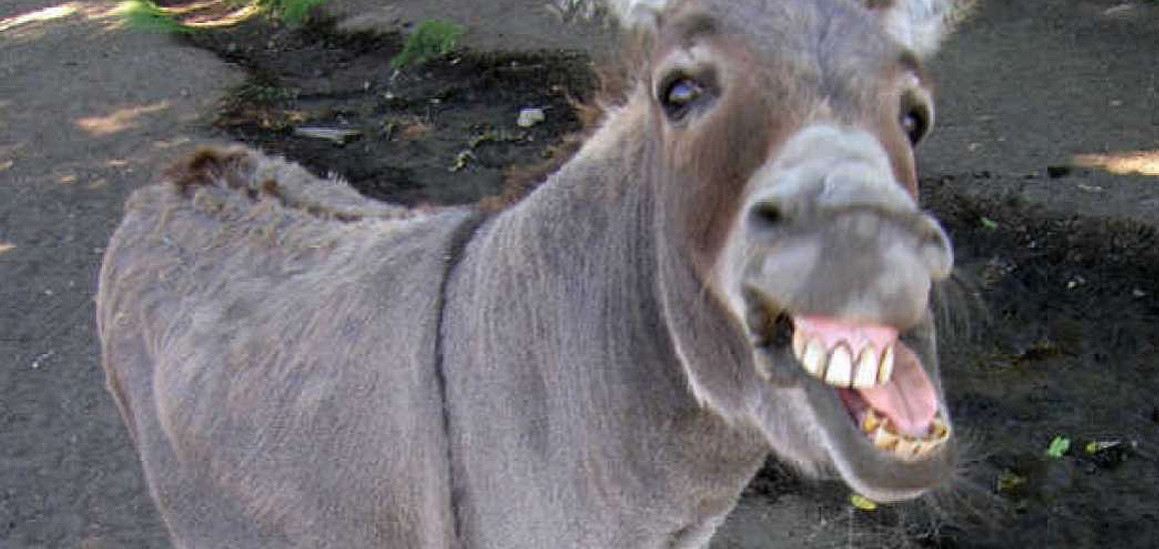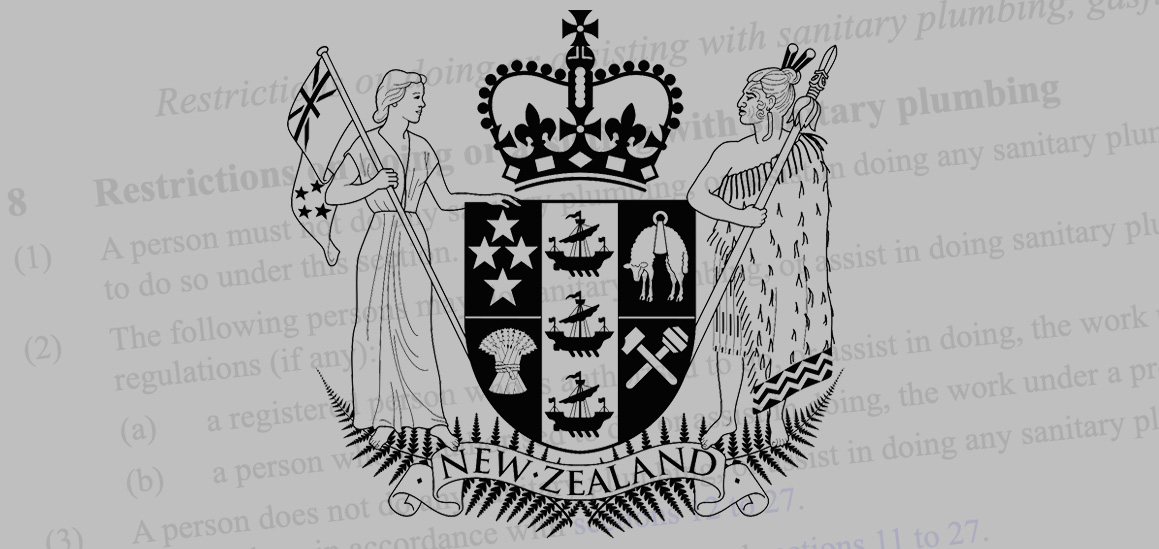Damn Interesting | Watersmith Plumbing and Gas
Just a collection of some damn interesting plumber things / page 1
Other interesting plumber things: « First ‹ Prev [1] 2 3 4 5 Next › Last »

The Great Kiwi BBQ Shake-Up: What Does the Gas Phase-Out Mean for Your Snags?
As a Kiwi, there’s one thing that’s certain: a good BBQ is a staple of any summer gathering. But have you ever stopped to think about the humble BBQ’s place in our eco-friendly future? Recently, the New Zealand government announced plans to phase out fossil fuel-powered appliances, including gas-powered BBQs. The thought of ditching the trusty gas-guzzler might have you wondering: what’s next for Kiwi BBQ enthusiasts?
The government aims to meet its climate change targets by transitioning away from fossil fuels and towards cleaner energy sources. One step towards achieving this goal is to phase out fossil fuel-powered appliances in new buildings by 2025. This move is part of a broader strategy to reduce New Zealand’s carbon footprint.
But what about existing BBQs and homes? The Ministry for Business, Innovation and Employment (MBIE) provides guidance on the phase-out of fossil fuel-powered appliances. According to their website, the focus is on new buildings and appliances. However, it’s unclear what, if any, specific plans there are to phase out existing gas-powered BBQs.
So, what are your options for cooking in a gas-free future? Electric BBQs are becoming increasingly popular, offering a convenient and efficient way to cook. Charcoal or wood-fired BBQs are another alternative, providing a more traditional cooking experience. Some people are even experimenting with induction or electric cooking surfaces.
While there’s no need to panic just yet, it’s a good idea to start thinking about your BBQ options. You might not need to say goodbye to your gas-powered BBQ just yet, but it’s worth considering the alternatives. The phase-out of gas-powered appliances might require some adjustments to your BBQ habits, but with a little creativity, you can still enjoy a delicious BBQ with friends and family.
More info:
Ministry for Business, Innovation and Employment (MBIE). (n.d.). Energy strategies for New Zealand
The end of BBQs or a load of hot air? The proposed ban on natural gas connections
The Gas Hub

The State of Wellington’s Water Pipes
Wellington is a city renowned for its charm, culture, and, on a good day, breathtaking views of the harbour; but, beneath its lively streets lurks an ageing infrastructure that is starting to worry residents: the water pipes. Many of Wellington’s water pipes are decades old, with some dating back more than a century. Even though these pipes have served the city well over the years, age and wear are beginning to show, making regular maintenance more crucial than ever.
The Cracks Are Showing
Wellington’s water system consists mainly of cement and cast iron pipes. In many parts of the city, these materials — once thought to be state-of-the-art — have reached the end of their useful lives. Numerous pipes are leaking, splitting, or at risk of collapsing due to the continual pressure of daily water flow, ground movements brought on by seismic activity, and natural corrosion over time.
Twenty to thirty percent of Wellington’s roughly 2,500 kilometres of wastewater and water pipelines have already passed their use-by date. There is increasing evidence of this. Numerous suburbs have had service disruptions due to burst water mains, which have resulted in expensive emergency repairs, road closures, and water outages. Remarkably, leaks are thought to lose almost half of Wellington’s treated water supply before it even reaches homes. This tremendous waste further burdens the city’s water supply and budget because additional water is needed to make up for the lost water.
The Cost of Neglect
As with most infrastructure, the longer an issue goes unchecked, the greater the risk of it escalating into a bigger problem. If neglected, little leaks and cracks can get bigger and eventually cause a large burst. Higher repair expenses, more disruptions to day-to-day living, and perhaps hazardous outcomes for locals are the end results.
Years of underfunding are partially to blame for the problem. Budgets for more visible projects, such as parks, roads, and other public infrastructure, have frequently been the focus of councils. Water pipes, being underground and out of sight, have not received the attention or investment they desperately need. Now that the ageing infrastructure is starting to deteriorate, this neglect is reaching a breaking point.
The Importance of Regular Maintenance
Although Wellington’s ageing water pipes present a significant challenge, the key takeaway for homeowners is the importance of keeping your own plumbing system in good shape. Regularly inspecting key areas such as pipes, joints, and water pressure can help you spot minor issues before they turn into major, costly problems.
Scheduling routine inspections with a licensed plumber should be a part of your annual home maintenance plan. These professionals can identify early signs of wear, corrosion, or blockages and offer solutions to prevent bigger disruptions down the line. Similar to how you wouldn’t skimp on routine auto maintenance, your home’s plumbing system needs constant attention to function properly.
Not only can routine maintenance avoid unplanned malfunctions, but it also increases water efficiency. Water waste can be greatly decreased by replacing outdated fixtures and repairing leaks.
More info:
Wellington Water — Fixing Leaks
Wellington Water — Faults and Outages
Wellington water woes: Region’s leakiest suburb revealed
Almost half of Wellington wastewater pipes ‘poor’ or ‘very poor’

When it comes to plumbing, sometimes the biggest challenge isn’t the clog, but the equine overlord guarding it!
Ah, the life of a plumber. Full of twists, turns, and unexpected encounters with… donkeys? Yes, you read that right. Picture this: A sunny day, the sound of wrenches wrenching, busy at the task at hand — a perplexing plumbing predicament. Just another day on the job, right? Well, not exactly. Little did we know, we were about to get acquainted with the quirky behaviour of, what we thought was, our four-legged friend.
A deafening bray shattered the peaceful morning as a long-eared shadow loomed over our trench. There he stood, the equine overlord himself, a somewhat larger-than-a-horse donkey, with a disapproving glint in his eye. He snorted, pawed the ground with impatience, and gave us a look that could curdle milk. We were clearly trespassing on his sovereign territory.
Then, with a war cry that could rival The Spartans’ last stand, the Bronze-Bellied Battler of the Barley Patch charged. Who knew a routine plumbing job could turn into a scene straight out of an action movie? It’s the stuff of legends, really.
Deciphering Donkey Behavior
Donkeys have distinct behaviours that require a more nuanced understanding than horses. As you spend more time with donkeys, you gradually become familiar with their individual personalities.
Bonding:
- In the absence of other donkeys, they seek companionship among themselves or with other animals.
- Introductions to other animals necessitate supervision due to territorial instincts.
- Separating bonded pairs can cause severe stress-related conditions.
Territorial Instincts:
- Donkeys exhibit heightened territorial behaviour and are frequently used as livestock guardians.
- Some donkeys may chase and attack smaller animals, so make cautious introductions.
- Risks are mitigated through supervised interactions over several weeks.
Learning Aptitude:
- Donkeys learn continuously from birth, and proper socialisation is essential for behavioural development.
- Close adherence to natural behaviours promotes faster learning.
- Training quality determines behavioural outcomes and skilled communication accelerates learning.
Stoic Nature:
- Donkeys’ body language is less expressive than horses’, making behavioural changes subtle and difficult to understand.
- Individual donkey familiarity makes it easier to detect subtle behavioural changes.
Behavioural Challenges and Solutions:
- Root Causes: Behavioural issues can have a variety of causes, including medical conditions, environmental changes, and genetic predispositions.
- Behavioural Conditioning: Donkeys learn behaviours based on effectiveness rather than moral considerations.
- Genetic Influence: Donkey behaviour can be inherited or learned through parental interaction during the juvenile stage.
- Environmental Impact: Domestication can cause boredom and social interaction problems; environmental enrichment is essential.
- Management Tip: Gradually introduce changes to the environment, assess stressors, and provide mental stimulation.
- Most Importantly: If tradespeople are calling, keep your donkey in a far-off paddock.
More info:
10 Surprising Facts About Donkeys
Donkey Facts, Pictures & Information, Complete Species Guide

Are you a DIY-obsessed New Zealand homeowner?
While do-it-yourself has a strong history in this country, it is important to understand that there are limitations when it comes to plumbing. Plumbing is considered restricted work in the interest of health and safety and can only be performed by those who are allowed to do so.
Failure to comply with these regulations can affect your insurance policy. So what kind of plumbing work can homeowners do? Let’s take a closer look.
First, it’s important to understand what is considered restricted work under the Plumbers, Gasfitters, and Drainlayers Act 2006 (the Act).
The Act defines sanitary plumbing as the installation of sanitary fixtures and appliances (e.g. toilets, sinks, showers), the pipes and fittings that supply water to those fixtures and appliances, and the associated traps, waste or soil pipes, ventilation pipes, and overflow pipes connected with those fixtures. Essentially, this means that working on any pipework, fittings, or appliances that are connected to a sanitary fixture or appliance is restricted work and can only be done by an authorised person.
However, there are still some plumbing tasks that homeowners are allowed to do. According to the Act, the following tasks are not considered restricted work:
- Fixing or unfixing a dishwasher or washing machine
- Repairing or replacing taps, tap washers or plugs, ball valves such as float valves and ball cocks in toilet cisterns
- Fixing or unfixing a shower over a bath that is supplied with water through the bath taps, such as those with a push-on rubber connection on the outlet of the bath taps
It’s important to note that if any of the above tasks involve fixing or unfixing waste pipes or water supply pipes, they become restricted work and must be carried out by an authorised plumber.
Homeowners can also work on a water reticulation system that doesn’t involve any sanitary fixtures or appliances. For example, if you have a rainwater collection tank that solely feeds your garden’s irrigation system, you’re allowed to run all the pipework for that system. However, if the pipework from the rainwater collection tank also supplies a toilet cistern, then all pipework and fittings, including the irrigation system, must be installed by an authorised plumber.
In summary, while homeowners in New Zealand are allowed to do some plumbing tasks, sanitary plumbing is considered restricted work and can only be done by authorised plumbers. If you’re unsure whether a particular task is restricted, it’s best to contact Watersmith Plumbing and Gas for advice.
By following these regulations, you can ensure that your home’s plumbing is done safely and professionally, giving you peace of mind and a well-functioning plumbing system.
More info:
Plumbers, Gasfitters, and Drainlayers Act 2006
PGDB Legislation

Flooding! It’s New Zealand’s Number One Hazard.
Floods are one of New Zealand’s most frequent natural disasters. The number of floods hitting the country in a year is progressively increasing. It used to be common to have a couple of floods a year. Now, it’s around seven, according to the Insurance Council of New Zealand.
And more bad news; we’re not only getting more floods, but they’re also getting worse.
How many one-in-a-hundred-year storms have you heard about in the last couple of years?
Why?
One major factor is climate change. Like many other countries, New Zealand is experiencing temperature changes, precipitation patterns, and weather extremes due to global warming. Climate change is leading to more intense and frequent rainfall events, which results in flooding in areas that are generally not prone to it.
Another contributing factor is land-use change and urbanisation. As land is cleared for agriculture or development, the natural ability of the land to absorb water is reduced, leading to an increase in runoff and higher flood risk. In addition, urbanisation can lead to the construction of buildings and infrastructure in areas that are prone to flooding, increasing the potential for damage from flood events.
It is clear that the country is vulnerable to the impacts of flooding. With our continued insistence to build on river flood planes, it is important for policymakers and communities to work together to develop strategies to mitigate the risks of flooding and adapt to the changing climate.
Some Facts About Flooding
- Not only common in New Zealand, but flooding is also the most common natural disaster in the world, affecting millions of people every year.
- Floods can occur in any part of the world, coastal or inland, and can be caused by a variety of factors, including heavy rainfall, storms, snowmelt, dam or levee failures, and tsunamis.
- Floods can be sudden or slow-moving and, as seen up North, can cause significant damage to homes, businesses, roads, bridges, other infrastructure, and the environment.
- Floodwaters can be contaminated with sewage, chemicals, and other hazardous materials, posing a risk to human health and the environment.
- Floods can have a significant impact on agriculture and food, causing crop damage and livestock losses.
- Floods can displace communities and cause significant social disruption, leading to long-term economic and health impacts.
- Floods can have long-term impacts on the environment, including changes to river channels and ecosystems, and increased erosion and sedimentation.
How to Reduce the Risk of Flooding in Your Home
Overall, flooding can have significant impacts on individuals, communities, and the environment, so it’s important to be prepared and take steps to reduce the risk. As a homeowner, you can take several steps to prevent flood damage to your property:
- Ensure proper drainage: Ensure that the drainage system around your home is working properly, and that rainwater can easily flow away from your property. Make sure your gutters, downspouts, and drains are clear of debris and functioning properly.
- Install flood-proofing measures: Consider installing flood-proofing measures such as sealing cracks in your foundation or installing backflow valves on your pipes to prevent water from backing up into your home.
- Elevate appliances and electrical equipment: Consider elevating appliances such as washing machines and dryers, as well as electrical equipment such as circuit breakers and heating systems, to prevent damage from floodwater.
- Store valuable items at higher levels: Store valuable items and important documents in higher areas of your home to prevent them from getting damaged in the event of flooding.
- Secure outdoor items: Move outdoor items to higher ground to prevent them from becoming projectiles during a flood.
- Plan and prepare: Stay informed about the risk of flooding in your area and be prepared to take action if necessary. Monitor weather reports and listen to local emergency services for updates. Develop an evacuation plan and have an emergency supply kit on hand in case of a flood.
- Purchase insurance: Flood insurance can help protect you against the financial losses associated with flooding, but it may not cover all costs, so it’s important to understand what is and is not covered.
- Practice good water management habits: Avoid pouring fats, oils, and grease down the drain, and dispose of household hazardous waste properly to prevent blockages in the sewer system that can lead to flooding.
More info:
Be prepared, make a plan
Get ready
New Zealand Flood History